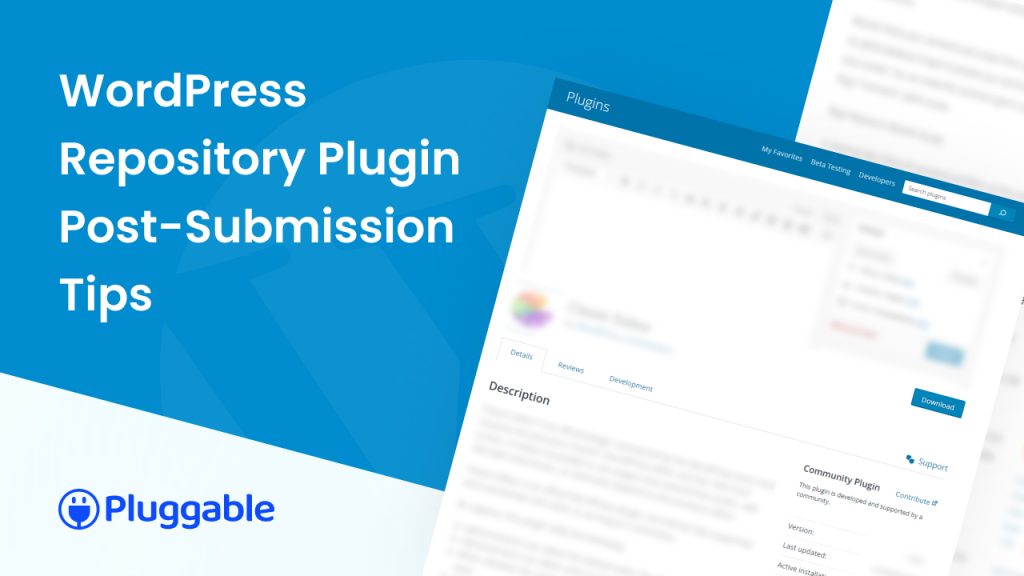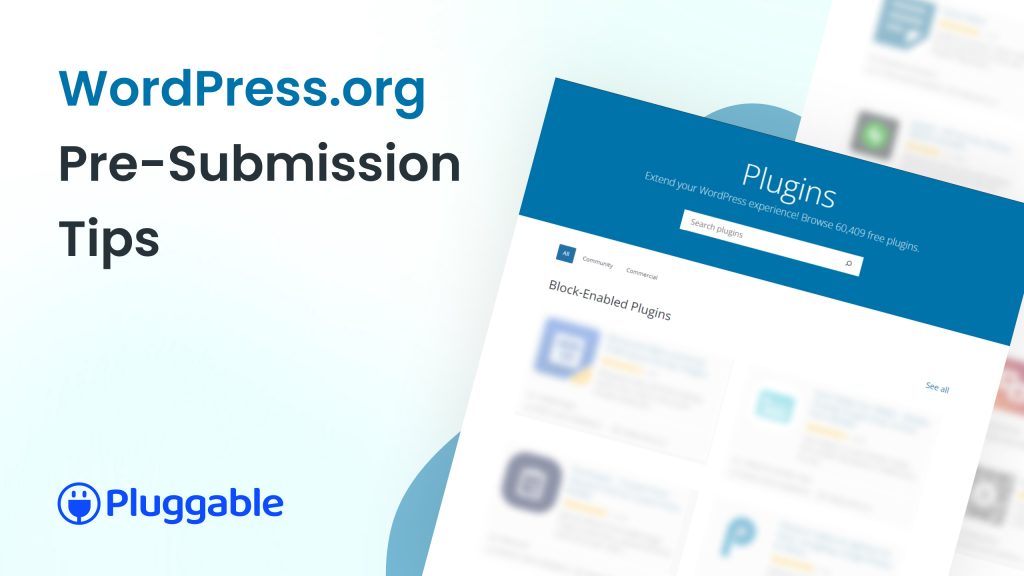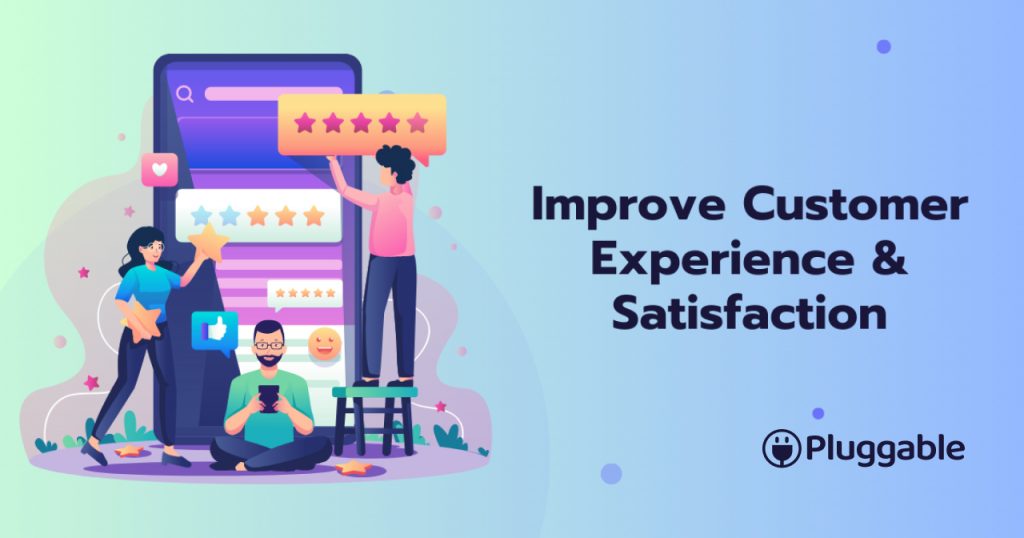WordPress plugin feature prioritization is the process of ranking and organizing elements in a plugin according to consumer value, and business objectives. It also requires a certain amount of time, money, and technological viability. Setting priorities for WordPress plugin features enables you to distinguish the significant from the urgent and identifies where your attention should be directed.
It is a system where WordPress plugin owners and managers can compare the worth of various features of plugins and decide which ones to focus on initially with the support of this process. Also, it assists in collaboration among teams and the management of consumer feedback for WordPress plugins.
What Does Feature Prioritization Mean?

WordPress plugin feature prioritization, in its broadest sense, refers to the process of selecting which features should be created first.
That can be done in a variety of ways and requires a lot of technical knowledge.
During this process, you need to analyze each feature’s potential impact and value while balancing those factors against the development effort required.
WordPress plugin feature prioritizing requires balancing the numerous ideas and viewpoints of stakeholders along with creating a collection of features in a specific order. One of the most difficult aspects of a plugin owner’s or manager’s work is reducing the number of requirements and feature requests on a WordPress plugin roadmap.
You can try using Trello or LoopedIn to take votes from your users and prioritize the most popular features accordingly. These tools help you by employing quantitative rankings, charts, and matrices with values that are closely related to your user feedback and plugin enhancement.
Importance of Feature Prioritization of a WordPress Plugin
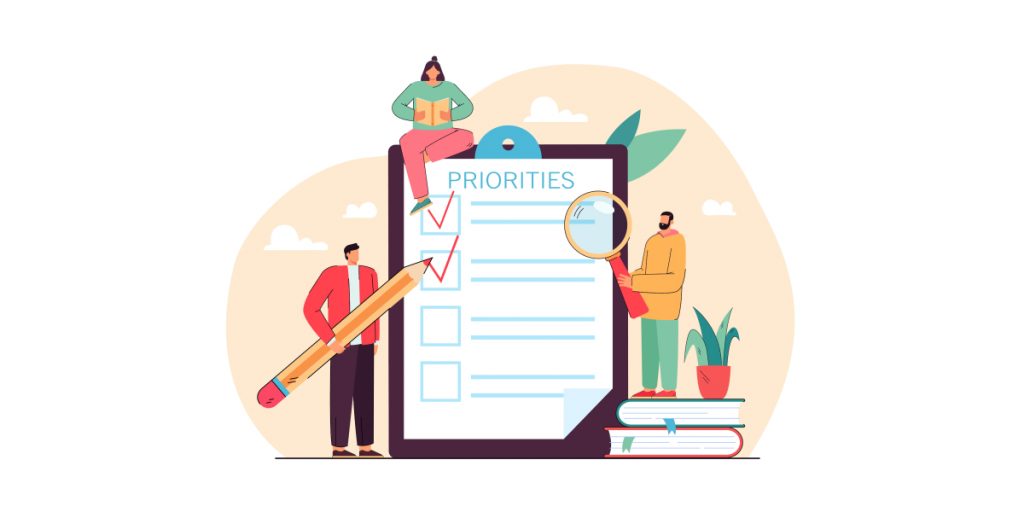
WordPress plugin feature prioritization is important because it enables you to stay on track, makes sure resources are used effectively, and helps you fulfill objectives.
A WordPress plugin owner’s or manager’s ability to prioritize plugin features is one of their most crucial duties. By using your plugin roadmap as a guide, your team will plan out the sequence in which to develop the features of the plugin.
You have a limited budget, time, and the potential for a lot of features, thus, it’s critical to prioritize features. To avoid delays and conflicts between features of a plugin, it is important to sit down and decide which features to work on and at what point in your plan.
When you are setting plugin feature priorities, there are several things to take into account. Here are a few of the more significant ones that you ought to consider:
- User Requirements: When giving priority to your plugin’s new features and functionality, you must be clear about your concerns for user and customer needs. In order to grow your plugin, you must fulfill user needs. It is essential to order plugin features in accordance with user needs in order to build a successful WordPress plugin business.
- The Environment of Competition: In a world of highly competitive plugin businesses, it is crucial to learn about the environment of competition. If you are not conscious of the activities of your competitors, then you won’t be able to understand the order of prioritization of a plugin’s features. Knowing the competitive environment is a fruitful way to prioritize a WordPress plugin’s features.
- Your business Goal: What is the goal of your WordPress plugin business? Be sure about it. If you want to establish a well-known plugin company or business, then focus on your plugin’s features as much as you can. Your company’s goal will determine the prioritization process for your plugin’s features.
- How Practical the Plugin Is: WordPress plugin’s feature prioritization determines how practical your plugin is. For highlighting the activities of your plugins to your clients, make your plugin user-friendly and practical by prioritizing the features in order.
- Consider the Limitations of the Technology: While prioritizing the WordPress plugin features, keep in mind the limitations of the technology and programming language you are using. A well-organized plugin’s feature prioritization depends on technological advantages. To establish an outstanding feature priority for the plugin, the limitations of technology must be overcome.
How Should WordPress Plugin Features Be Prioritized?

When you start talking about WordPress plugins to develop, there is always a great deal of excitement in the surroundings. It’s exciting to have new features for plugins. You can imagine all the amazing places your product might go, the effects it might have, and the ultimate outcome. But you have to convey facts to gain influence as a plugin developer or business owner.
Keep in mind that your fundamental strategy and plugin roadmap must always come first when you go through and prioritize the features of your plugins. Don’t let any interesting ideas cause you to lose focus on the greater objective. Short-term results are never more important than long-term strategies.
Make time to re-prioritize your WordPress plugin’s features frequently. Business models might change, and markets might fluctuate. Despite your efforts, your plugin’s feature priorities will also change. Set aside some time to go over your tasks and make sure everything works with the overall structure.
Plugin feature prioritization is a continuous process. The issue with plugin feature prioritization is that there are too many moving parts designed to identify and fulfill the most significant consumer needs.
How Does Feature Prioritization Impact a WordPress Plugin Improvement?

There are 4 steps of feature prioritization for any WordPress plugin that help improve it according to user needs. By maintaining the following steps, you can prioritize the plugin’s features.
- Low Priority: Information requests and other “nice-to-haves” are examples of low-priority work. These are the features that can polish your existing WordPress plugin, but they are not necessary for the plugin’s success or launch as a whole. As an illustration, while decorations are a clear “nice-to-have” for a party, they are not necessary to celebrate a birthday or amuse guests.
- Medium Priority: In the end, you can survive without doing tasks of medium priority, but you’d prefer to. The usefulness of the finished results is not dependent on these duties. The party example will be used once more. It’s possible to classify hiring a DJ as a medium-priority assignment because, while it might improve the party, it won’t make or break your event.
- High Priority: High-priority tasks for plugins are those that, although not absolutely necessary, you want to finish more than others. Even if guests aren’t judged at parties, you probably still want to invite them. Sending invitations could therefore be regarded as a high-priority activity.
- Urgent Tasks: The first priority is to complete urgent duties. These tasks are essential because failing to accomplish them could result in a significant loss of your WordPress plugin business, recurring conflicts, customer problems, or complete plugin failure. The most critical party planning step could be as easy as setting an alarm to remind you that the party is taking place!
You should constantly consider which characteristics are most crucial to your plugin business. Especially your user base when evaluating features according to their importance. Fortunately, you can help yourself with that by using a range of tried-and-true prioritization strategies.
10 Best Ways to Prioritize the Features and Improvements of a WordPress Plugin
1. Value vs. Complexity Triangle of a WordPress Plugin

The value vs. complexity concept makes it easy to compare the benefits of the plugin’s features against the effort required to achieve them. This is a crucial factor to take into account. It helps you ensure your efforts are focused on the plugin’s features that will benefit your clients the most.
How a feature of a plugin will affect other aspects of the plugin is an essential factor to take into account as well. What other parts of the plugin will need to be updated in order to include this feature?
Then it will be necessary to give priority to those feature updates as well. Taking into account how a feature of a plugin will affect the ability of your team to meet other objectives is also crucial. In order to fulfill schedules for other feature development of your WordPress plugin, you might need to assign more resources to develop a new feature of the plugin.
2. Weighted Evaluation of a WordPress Plugin

A weighted scoring system is the most popular method to rank a plugin’s features among multiple other choices. Each feature of a plugin in this system is given a score depending on how important it is. The rating is also dependent on how effectively the plugin’s features satisfy the user’s demands. The features are then ranked in order of priority using rating systems. Higher scores indicate greater value to the consumer.
This framework normally uses a 10-point scale. Also, alternative scales can be implemented as long as they are consistently applied.
In order to properly represent the relative significance of each feature, it is crucial to apply a weighted scoring system for prioritizing plugins’ features. This is essential because it ensures that the most significant features receive the attention they need.
A weighted rating system helps in ensuring the timely delivery of the plugin’s features and dedication to the plugin’s strategy.
3. Score Plugin Opportunities
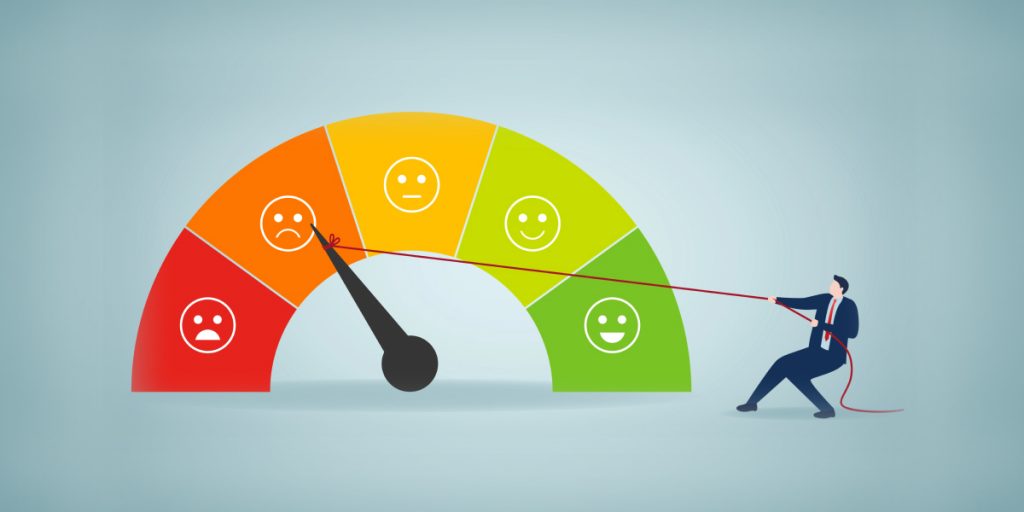
Scoring a plugin’s opportunity method also considers the feature’s profitability. This method of feature prioritization helps to improve the WordPress plugin’s accuracy and effectiveness.
4. Kano model
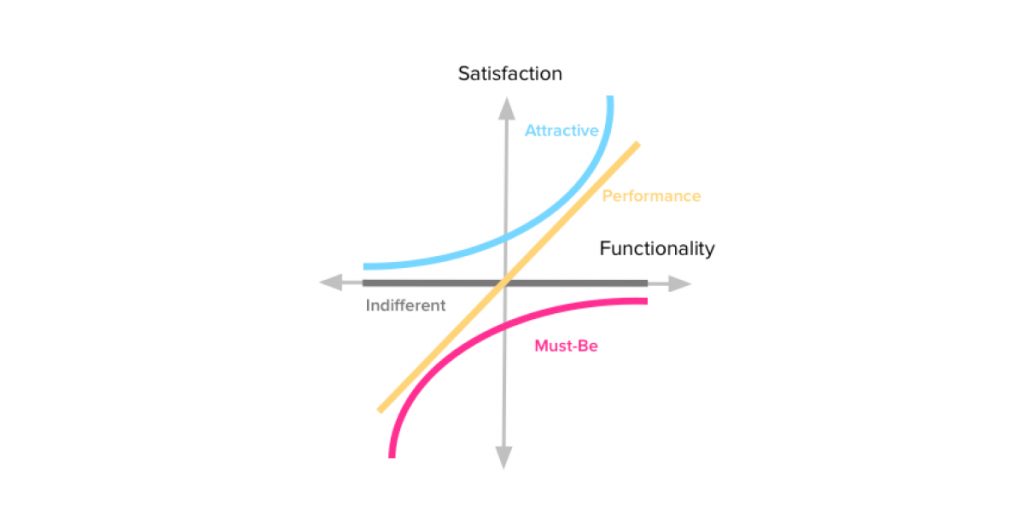
The Kano model rates the features of WordPress plugins according to how likely they are to satisfy and attract clients. The “cost” of adding a feature to a plugin is compared to the potential benefit in customer happiness.
When you’ve made your decision, you must organize these plugins’ features on a Kano graph and survey your clients to receive their responses. The x-axis of your graph should show the implementation cost or level of execution, and the y-axis should show customer happiness.
5. Buy-a-Feature Approach

In fundamental terms, the buy-a-feature prioritizing method interacts with customers and stakeholders. It totally depends on you, the needs of a WordPress plugin, and how you go about it.
In this case, you involve customers, stakeholders, and other interested parties to agree on a “price” for each feature of a WordPress plugin. Then you can balance it against the financial cost of building it.
The cost increases with the amount of work required. This exercise will statistically illustrate how much a specific feature of a plugin or concept is worth to your customers.
Everyone in the group (a maximum of eight people) is given a fixed sum of money to spend on the aspects that are most important to them. You’ll have a list of your feature priorities at the end of the activity.
6. Rice
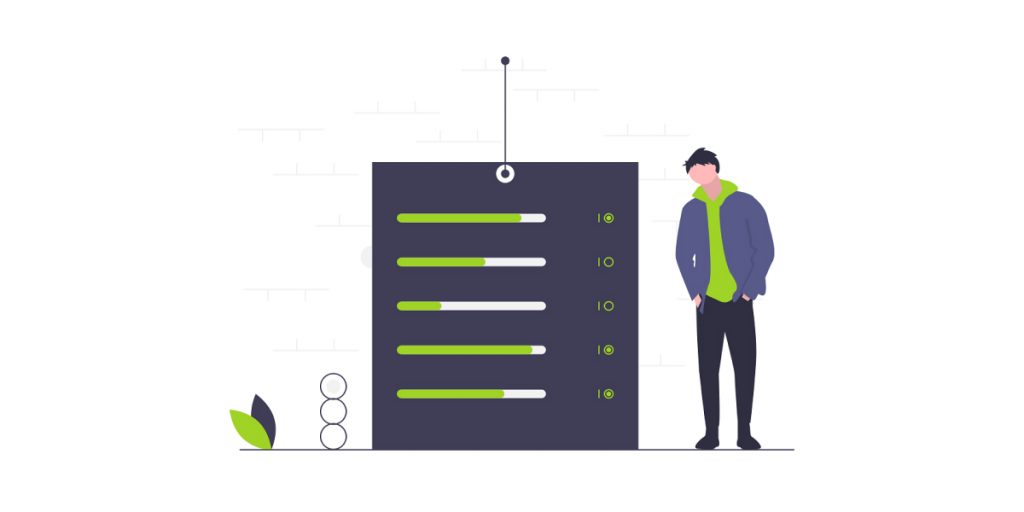
The term RICE stands for “Reach, Impact, Confidence, and Effort.” These factors support the independent evaluation of each plugin’s features. One of the best feature prioritization approaches for improving plugins is a method that frequently takes a lot of time.
Reach: The term “reach” refers to the total number of users who are connected with the appropriate part of the WordPress plugin within a certain period of time (usually measured on a every-quarter or monthly basis).
Impact: The features of a plugin will impact specific users. It indicates the level of the plugin’s feature contribution to the entire WordPress plugin and marketing.
Confidence: When you believe your plugin will have a significant impact but lack the data to back it up, confidence is what you need. This method helps in evaluating the value of any given feature of a WordPress plugin. Various methods exist for estimating confidence. The only thing you must remember is that it must not change as time progresses.
Effort: The aspects that should receive the most emphasis first are usually referred to as effort. And a quick and easy approach to accomplishing this is through the effort technique. This method is illustrated by a 2×2 grid, where each square represents a particular amount of work in relation to its possible impact.
Finding the plugin’s features that have the most impact with the least amount of work is the objective of this model. To achieve this, create a sticky note with each plugin’s feature concept on it, and then attach it to a whiteboard where you can create the structure of the matrix.
7. Moving The Skeleton of WordPress Plugins

A basic structural idea or proof of concept is the Moving Skeleton. A “Moving Skeleton” follows an easy method for end-to-end implementation.
A “Moving Skeleton” is a genuine executable form of your concept (it can “walk”) that should be supported by tests. It is not just a “skeleton” of your concept.
The concept of the Moving Skeleton method is commonly used to prioritize features of a WordPress plugin in an MVP and helps teams determine what must be executed immediately.
8. Plan Out the Story of a WordPress Plugin
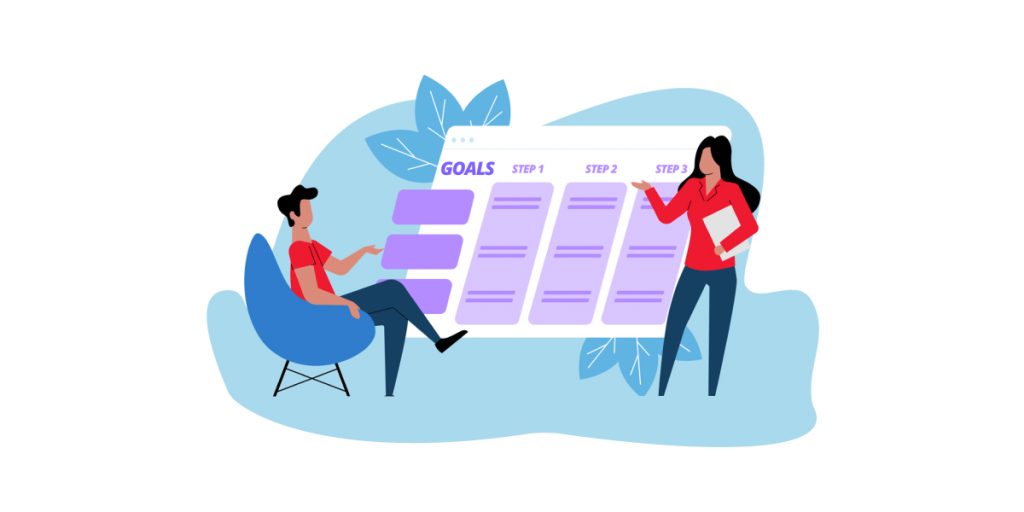
Planning out the story of plugins, groups features into a tree structure that illustrates how they are interconnected. Planning out the story of plugins begins with the creation of a backlog of A WordPress plugin’s features that need to be prioritized. Your employees can come up with ideas for this, and you can also look at data from analytics tools or evaluate client comments.
9. The MoSCoW Method
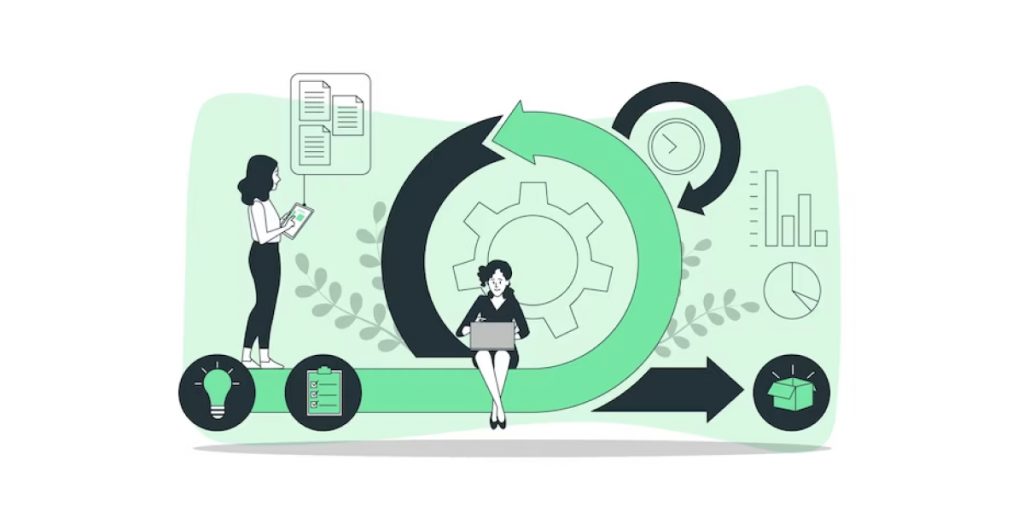
MoSCoW stands for MUST, SHOULD, COULD, and WON’T. WordPress plugin developers can use the MoSCoW Method as a structure to choose which plugin’s features to focus on first.
MUST: It means the activity where the most critical WordPress plugin features must be implemented as soon as possible.
SHOULD: In this activity, prioritizing the plugin’s features is also crucial, although they can be added later.
COULD: Plugin features that are less crucial can be added if time allows.
WON’T: Prioritizing the features of plugins is not crucial and shouldn’t be used.
As a WordPress plugin developer, you can follow this method to maintain a fruitful process of prioritizing your plugin’s features.
10. Cost of Delayed Action for a WordPress Plugin
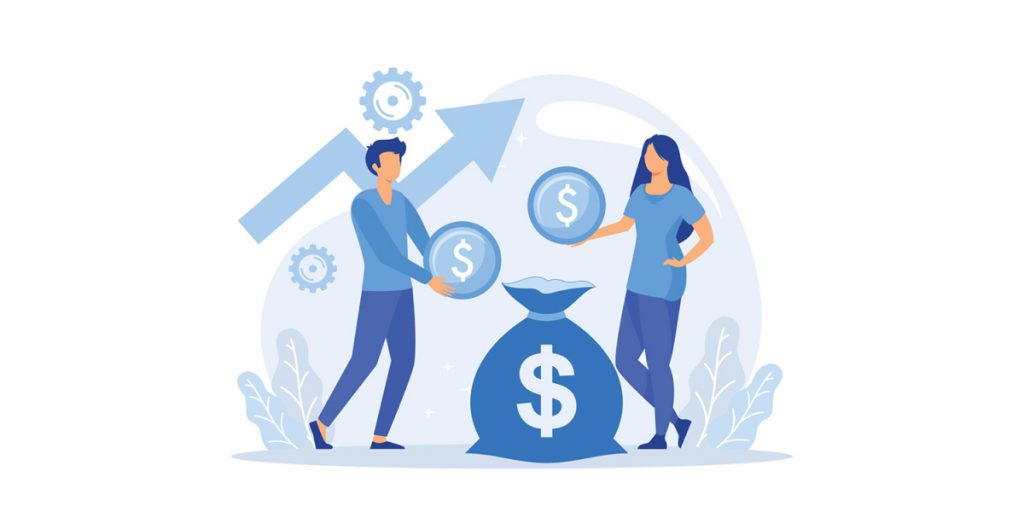
The cost of delayed action for plugin structure prioritizes tasks based on business value, balancing the feature’s worth against the risk of setting off placement. How it will impact how users interact with a plugin. When selecting which features to prioritize, it is crucial for plugin developers to take all of these criteria into account.
Final Thoughts
Once a feature prioritization structure has been decided upon, it is crucial to follow it. When you are selecting a WordPress plugin’s features to prioritize, consistency is essential. It allows better comparison and comprehension of choices. Your plugin’s requirements may vary over time; therefore, the prioritization of plugin features should also be reviewed frequently.
To make sure that newly created features and newly generated features meet customer satisfaction criteria. It is essential for plugin development teams to frequently evaluate plugin development outcomes. It can be very scientific to use a structure or feature prioritization approach. But in the end, it all related to feedback from customers.


